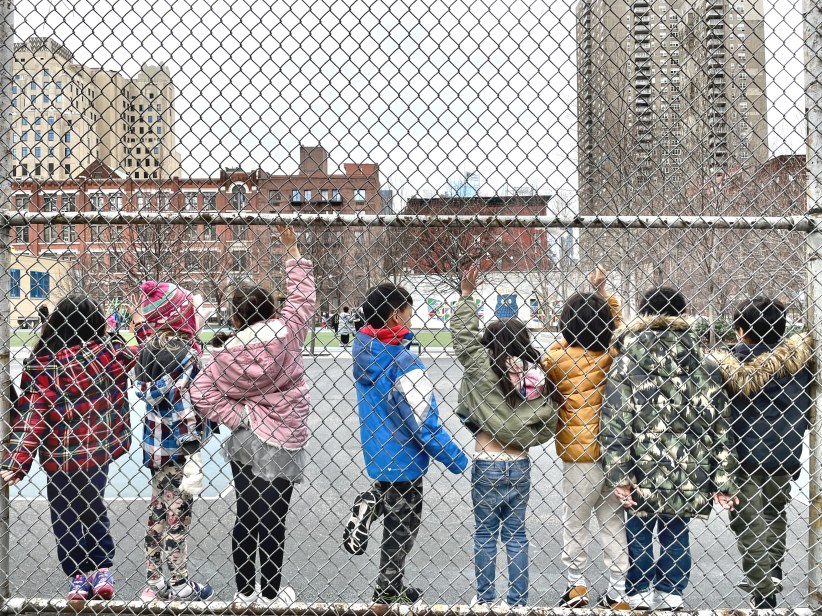Tips from an expert on how parents can promote literacy at home.
Whether your toddler is mesmerized by the pictures in “The Very Hungry Caterpillar” or Grandpa is lost in a John Grisham mystery, a love for books is timeless and shared across all generations. Nothing beats exploring the countless possibilities of worlds both real and imagined.
The American Academy of Pediatrics affirms children who are read to from infancy develop better language skills and are more interested in reading when they start school. Here are some tips from Alison Mori, Instructor of the Kumon Math and Reading Center of Midtown East in New York City.
1. Set aside time each day for reading.
Research shows that even 10 minutes of daily reading improves a child’s reading ability. Set a consistent story time and read together in a cozy and comfortable space. Don’t become frustrated if your toddler wiggles free or your infant begins to eat the book. Just keep reading! Children are listening and imagining the scenes described even if they are not sitting still. A daily reading tradition is more important than creating your vision for a picture perfect story time.
2. Listen to your child read.
When your child learns to read, listen to them read aloud to develop his or her fluency and comprehension. Your child can read a book, magazine or newspaper article to you while you prepare a meal or fold clothes! You don’t have to sit still to be an active listener.
3. Make reading an adventure.
Who says reading needs to be confined to your house or a classroom. Turn reading into a fun adventure by finding local story hours in your community. Whether it’s a museum, the library or a local book store, there’s many great places to explore new literature. Exposing your child to a variety of books and authors broadens and deepens his understanding of the world.
4. Organize a children’s book club with friends.
Reading is fun, especially when children can do it with their friends. Get a few parents together to create a neighborhood book club. Many books have guided discussions parents can use to ensure the children both enjoy and comprehend what they are reading.
5. Turn reading into craft time.
Babies love to reach and grab just about anything within reach. Touch-and-feel books are a great way for them to enhance their senses by exploring new textures. Making a touch book with objects they like to look at and touch—soft fabrics, paper that rustles—is a fun and expensive DIY craft. If you are feeling even craftier, make an interactive quiet book out of felt. Children use their imagination and tell their own story by moving the pieces around. Have your older children join in on the fun by creating their own storybook with supplies around the house.
6. Rhyme and rhythm.
There’s a clear link between music and literacy development. Sing nursery rhymes with your child when you’re at home, in the car or out and about. Children love to sing, and nursery rhymes teach your child language, rhyme, repetition, rhythm and phonological awareness.
7. Dramatize fairytales.
Storytelling plays an important role in early literacy development. Children’s imaginations are further enhanced through listening to fairy tales. There are many great finger puppets that can bring the fairytales to life for your children. Or you can get them involved by having them make cutouts of their favorite characters. They can dramatize the story as you read it to them.
8. Introduce your own childhood favorites.
Remember those timeless classics you couldn’t get enough of as a kid? Bring them back into the limelight by reading them to your own child. Your excitement for those beloved stories is sure to rub off on your little one. If your child loves them as much as you, try finding and collecting different versions of the classics.
The benefits of reading start with the first book a baby hears and continues into childhood and beyond.
RELATED:




















